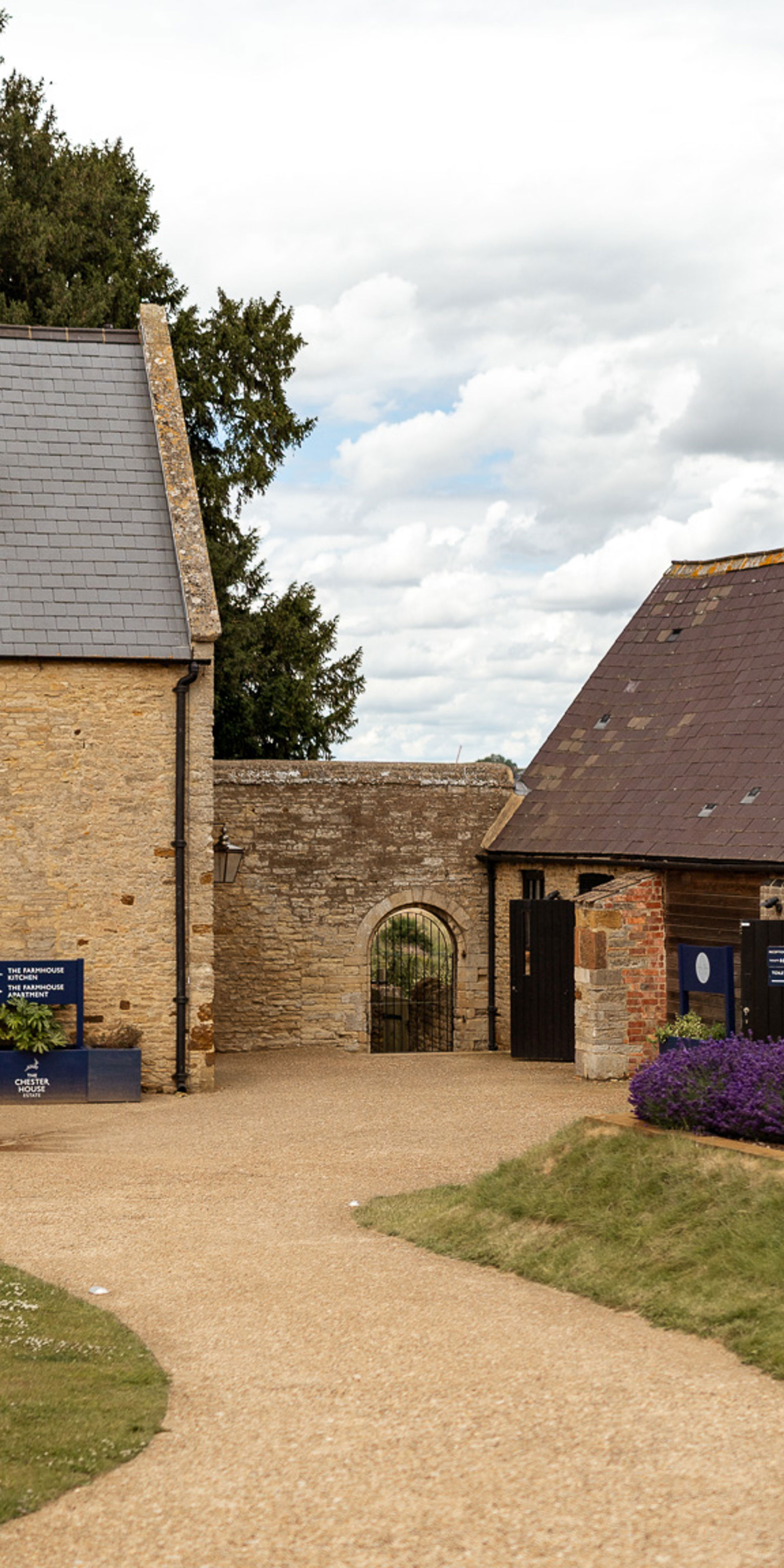Work Experience – Daisy
My name is Daisy, I am a 36-year-old part time distance learning student of Archaeology at the university of Leicester. This week I have had the privilege to gain some hands-on archive and curation experience at the Northamptonshire Archaeological Resource Centre. This placement was one week long and covered a variety of areas from researching and sorting through documentary archives, to osteology and public engagement.
Monday - Introductory Day
Monday was an opportunity to meet Ben and Georgina. These are the curators of the ARC and have been a great wealth of information and help throughout the week. Firstly, there was an introduction to the archives and some of the amazing and diverse finds found across Northamptonshire, from a Neolithic stone axe head to a large section of intact Roman mosaic from the nearby Stanwick Roman villa. We also had a tour of the landscape of the Irchester Roman Town which is situated all around (and under) the Chester House Estate.
As someone who grew up within the Nene Valley, it is truly remarkable to see the wealth of archaeological finds from the area now being collated in one place with such care and accessibility. Whether you are a student like me, or just have a general interest in the archaeology of the area, it is definitely worth visiting!
In the afternoon, we were introduced to how finds are sorted and stored so that they can be found easily. Many objects which arrive at the ARC come from a variety of locations, from museum collections around the country, through to someone’s attic. The material which we reboxed was from the Raunds Furnells excavations and consisted of pottery found at the site in the 1970’s. We were also introduced to some beautiful, worked bone artefacts from the same site. These consisted of a bone comb, a whistle and several handmade needles.
Tuesday and Wednesday - Documentary Archive and Cataloguing days
The documentary archive room at the Northamptonshire ARC is specially designed to preserve paper from archaeological surveys and excavations by controlling temperature and humidity levels. For this week’s work experience we focussed on one site/archive in particular which was Grange Park, Northampton.
I personally had no prior knowledge of this site and was able to go through the documentary archives to discover the location and learn about its discoveries. The process of being able to read an archive and use it to find an artefact is completely new to me, but with the guidance of the curator, I was able to discover so much more than by simply looking online.
We explored Grange Park by searching through the documentary archive to find out what artefacts were found there. Our archive consisted of twenty-nine boxes. Each box contained information from site surveys and context sheets to drawings of artefacts and data. This documentary source enabled us to determine that the Grange Park site had an occupation which spanned from the Neolithic through to Saxon and had a nice variety of finds from flint fragments to brooches.
We discovered that there were mixed metal objects and pottery linked to the site. The Pottery was located in another area of the ARC used specifically for storing bulk finds and material. The metal finds are stored in a separate room under specific preservation conditions. Although no complete pottery vessels were found from Grange Park, we were lucky enough to find some large sherds which did fit together. This enabled us to understand vessel types and decoration. On Wednesday we continued to delve deeper into this archive to find out more about each individual find. We also had an introduction on how to preserve metal finds by using silica beads in each box accordingly. During this time, we had the opportunity to use publications to identify brooch types found at the Grange Park site.
Thursday- Osteology Day
Thursday was an opportunity to work under the knowledgeable supervision of ARC volunteer Osteologist Dale Munn. Dale provided us with an introductory talk on how to record human remains and how to identify an individuals age, sex, height and health using a variety of methods. After our introduction, we conducted examinations on the remains of two individuals from the Roman site of Ashton, near Oundle and discussed the impact of physical lifestyles which were evident on the bones and teeth. Due to the sensitive nature of working with human remains, all individuals are treated with the upmost care and respect and are kept separately and securely in the ARC for study and posterity.
In the afternoon, we were able to join the ARC osteology volunteers in the Research room. We helped them with re-boxing and cataloguing the remains of three more individuals from Ashton, whilst determining age, sex and any pathology. Afterwards, we went to the finds processing area to assist with cleaning bones from the Irchester Roman town.
Friday-Outreach Day
Our last day of work experience consisted of public engagement at an outdoor event hosted by the Chester House Estate. This consisted of a stall which showcased the ARC from have a go finds cleaning (pottery), to build your own roman soldiers for younger children. The centre of the stall was allocated for the finds display table.
Prior to the event, we looked through the Grange Park archive to see if we can show the public any exiting finds from this weeks work experience. Due to the fragility of the larger pots and the weather/handling conditions, we chose some large sherds from a decorated pot and some fragments of mortarium- a Roman type of pestle and mortar.
With help from the curators, we were able to have a nice variety of finds on display from the ARC for the public to see and handle. Personally, I am not the most confident in regards to public engagement, but felt my confidence grow throughout the morning with the help of the curators and experienced volunteers. The outreach element of the work experience enabled me to develop my interpersonal skills as well as archaeological knowledge.
I also found it enlightening talking to members of the public. This gave me the opportunity to understand how much awareness there is of the archaeology of Northamptonshire. I found that public outreach for the ARC is a vital part of the curation process as it encourages members of the community to visit, reconnect with the past, and pursue their curiosities.
The afternoon consisted of using the ARC for our own interests. Under supervision of Georgina, I was able to have a look at some prehistoric finds I was curious about from the Nene Valley to photograph for illustration purposes. I was inspired, exited and humbled to be able to see these artefacts up close and personal as they were discovered local to where I grew up. I am hoping to be able to use my images as part of my university studies and also for my personal portfolio.
This work experience placement was a fantastic opportunity and I am very grateful for it. I would highly recommend this if you are a student or looking to change career/start university. The staff and volunteers at the ARC and Chester House Estate are welcoming, supportive and each have a wealth of knowledge and experience. I intend to return to the ARC to use it for my studies and to volunteer when I can. I look forward to returning in the near future.


